
The Amazing Animal Parts Adventure
By Storybird

05 Jun, 2023

Once upon a time, Alex's mom took him to the zoo. Alex was very excited to see all the different animals. As they walked around, Alex learned about the different body parts of the animals. He saw the long neck of the giraffe, the big ears of the elephant, and the sharp claws of the lion. The animals were fascinating to Alex.
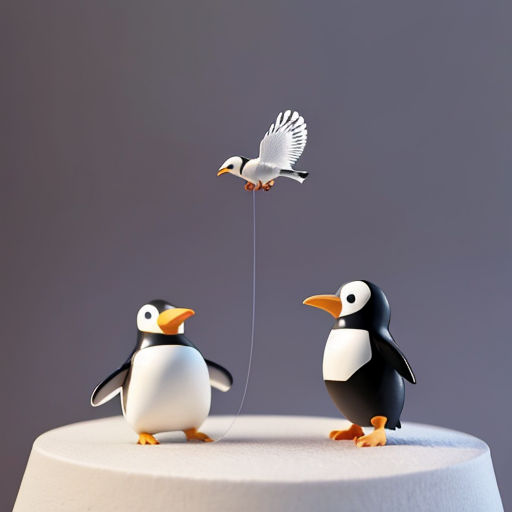
Her friend Billy mentions some animal body part words that Alex doesn't understand. Billy points at the penguin's flippers and tells Alex that they are used for swimming. Alex's eyes widen with excitement as he imitates the penguin's movements.

Alex decides to learn all the animal body part words to impress Billy. He asks his mom to take him to the library and picks out all the books about animals and their body parts. He spends weeks memorizing all the words. At their next trip to the zoo, Alex confidently points out the different body parts of the animals to Billy. Billy is very impressed, and Alex feels proud of his hard work.
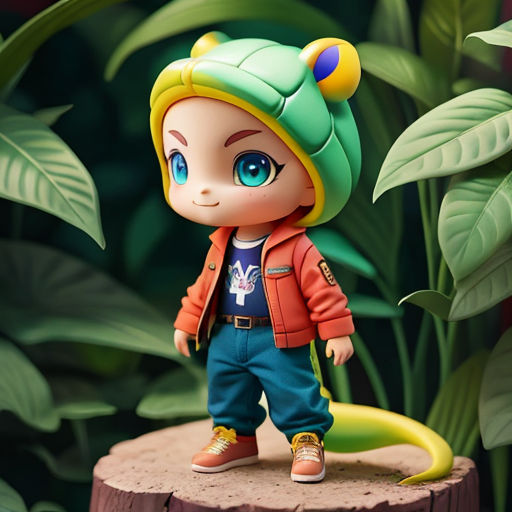
As they reached the reptile section of the zoo, Alex spotted a colorful chameleon. Alex and Billy marveled at how the chameleon changed its color to blend in with its surroundings. "I wish I could do that," thought Alex. Suddenly, a mischievous idea flashed in his mind. He decided to play the same trick on Billy.
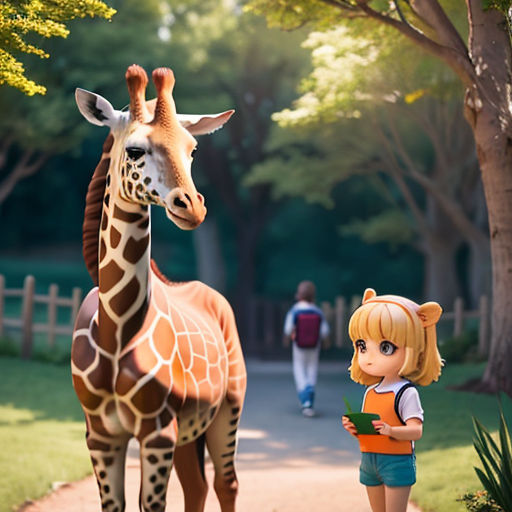
Alex makes flashcards to help her memorize the new vocabulary words. She dedicates one side of the flashcard to the name of the animal and the other side to its body part. She practices daily, and soon the words are stuck in her mind. Alex's dedication and hard work pay off when she impresses Billy with her newfound knowledge at the zoo.

As Alex and Billy made their way to the snack bar, Alex suddenly realized that some of the animal body parts vocabulary that she had learned were slipping from her mind. She had spent so much time memorizing them that she hadn't really focused on understanding and retaining them. Alex starts to feel anxious about the upcoming test and how she'll fare.

As Alex expressed her concern to her animal friends, they quickly formed a study group to help her practice the words. The study group included Sammy the snake, Hilda the hippopotamus, and Tom the toucan, among others. They all gathered around and started to quiz Alex, asking her to identify different body parts and describe their functions. With their help, Alex began to grasp the concepts and gain confidence.

Once Alex had a good grasp of all the animal body part vocabulary, she and her animal friends decided to have a competition to see who could say all the words the fastest. They set up a scoreboard with everyone's names and started the competition by asking each other to identify different body parts of animals. They were all so good that the competition ended in a tie, with everyone feeling like a winner. Alex felt grateful for her animal friends' help and support in learning the new words.
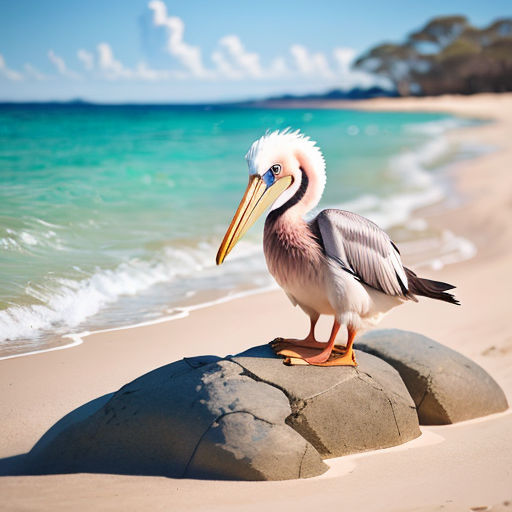
Alex discovers that some animals have body parts that serve multiple purposes. As she was walking past the monkey exhibit, a curious little monkey caught Alex's attention. The monkey had a long tail, which caught Alex's eye. She noticed that the monkey was using its tail not just for balance while climbing, but also as a tool to pick up fruit. She was amazed to see how the monkey leveraged its tail to grab even the smallest fruit. This sparked a new level of fascination for Alex as she began to look for other examples of animals using one body part for multiple purposes.

Alex and her friends create a song or rhyme to help them remember the different animal body parts. After weeks of studying and practice, Alex and her animal friends realized that they needed a fun way to remember all the different animal body parts. So, they decided to come up with a catchy song or rhyme. They all put their heads together and started to sing, "big ears for hearing, sharp claws for tearing, long tails for swinging, and flippers for swimming." They used hand motions to help remember the lyrics. Everyone was having so much fun that even the animals were joining in on the song.
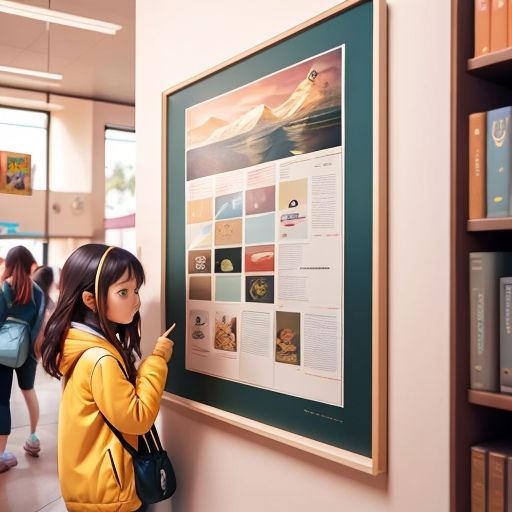
Alex and her friends draw pictures of the different animal body parts to help them visualize and remember them. As the day winds down, Alex's friends suggest that they draw pictures of all the different animal body parts they had learned. So, they all went to the art section of the library and found some paper and colored pencils. As they drew, they talked about their favorite animals and what their special body parts were used for. They put all their drawings together and created one big poster to remember their exciting day at the zoo.
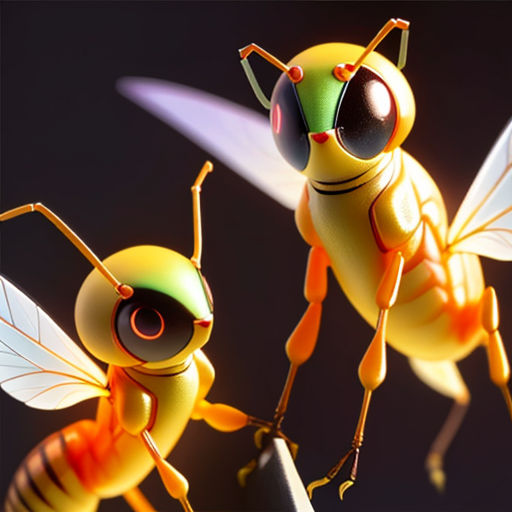
As Alex and her friends gazed at their poster, they couldn't help but notice how some animal body parts were truly unique. That's when they brainstormed and started to identify some unusual body parts in certain animals. They learned that chameleons have long tongues that can reach up to twice the length of their body, and elephants have powerful trunks that help them with everything from drinking to trumpeting. Alex and her friends were amazed at the diversity of the animal kingdom and the many different ways that body parts could be used.
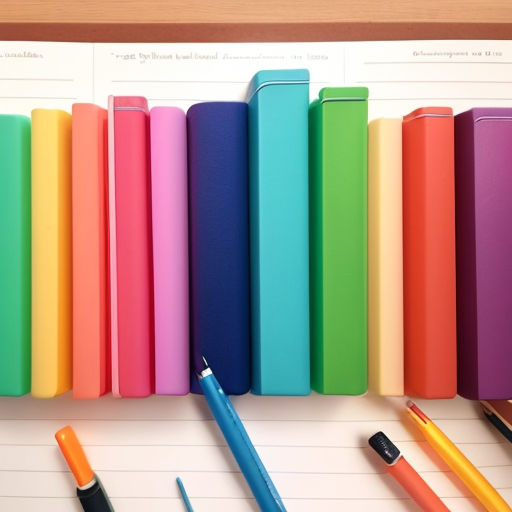
To help them remember their new vocabulary words, Alex and her friends created silly stories that used the different body parts words. They made up stories about elephants with big ears who could hear for miles, snakes with rattles on their tails that could play a musical tune, and monkeys with extra-long fingers that could play the piano. They laughed and giggled as they created the stories, each one becoming more imaginative and creative than the last. By the end of the day, not only were they experts on animal body parts, but they had also had a great time doing it.
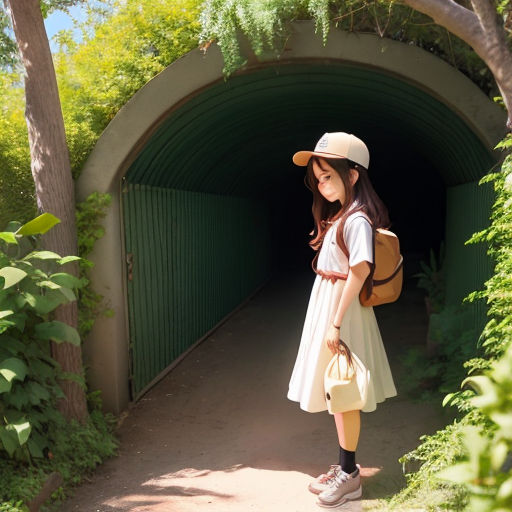
To finish their day at the zoo, Alex and her friends decided to go on a scavenger hunt to identify different animal body parts. They split into smaller groups and raced around the zoo, trying to be the first to identify different body parts. They looked for birds with sharp beaks, insects with wings, and animals with long tails. As they ran through the zoo, they called out different animal body parts, pointing and laughing in excitement. By the end of the scavenger hunt, they were all exhausted but happy, proud of their newfound knowledge of the amazing animal kingdom.

Alex overhears another group of kids struggling to identify different animal body parts at the zoo. With her new knowledge, she confidently walks up to the kids and teaches them the vocabulary words she learned. The kids are amazed at her expertise and thank her for helping them. Alex feels proud of herself for being able to share her newfound knowledge with others and inspire them to learn too.
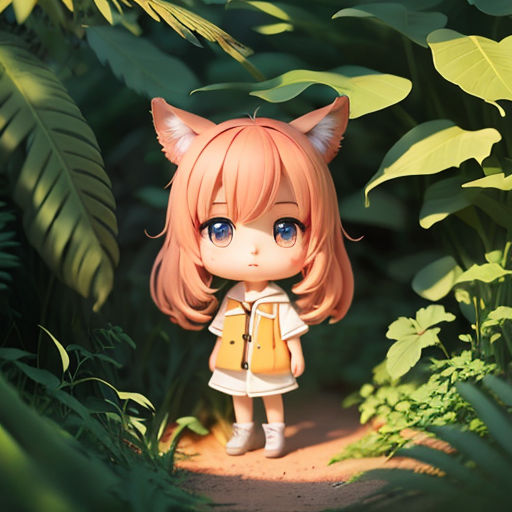
Alex discovers that some animals have body parts that are similar to human body parts. She notices the lion's mane and how it's similar to human hair. She looks closer at other animals and sees similarities to human body parts like ears, noses, and eyes. This realization makes her feel even more connected to the animals and helps her to understand them better.
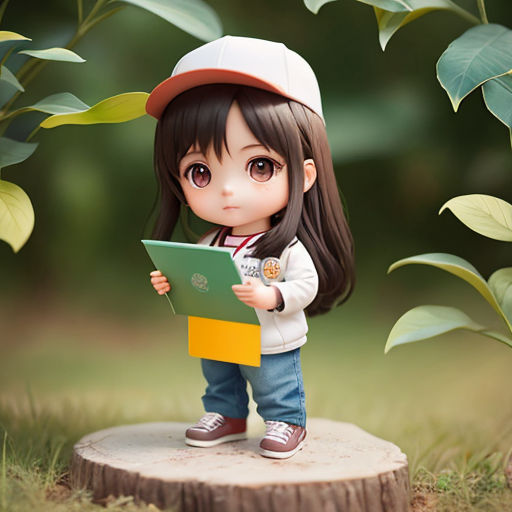
Alex realizes that learning about different animal body parts is not only fun, but also helps her understand the animals better and appreciate their diversity. She becomes more curious about animals and starts asking her parents if they can take her to the zoo more often. She spends more time reading books about animals and watching documentaries. She becomes passionate about learning about different animal species and continues to grow her knowledge.
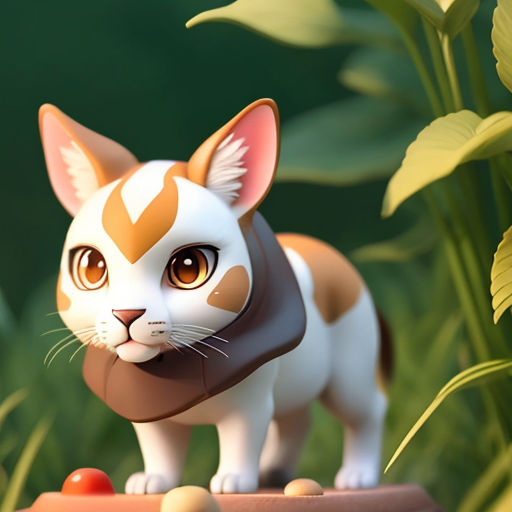
Alex and her friends create a chart or diagram of the different animal body parts they learned. They create a colorful poster that displays all the different body parts of animals they learned about. They hang it up at the zoo for other kids to see and learn from. The poster becomes very popular, and soon, other kids at the zoo begin to ask questions and learn from it too.
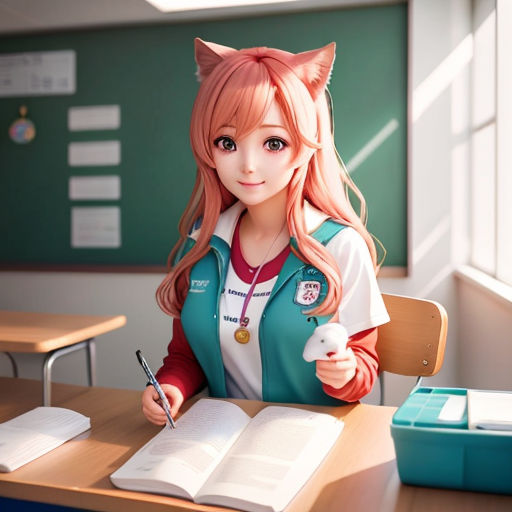
Alex's teacher at school is impressed with Alex's new knowledge of animal body parts. She invites Alex to give a presentation to the class about what she learned. Alex feels nervous but excited to share her knowledge with her classmates. She gives a fun and educational presentation, displaying the poster she and her friends made. Her classmates are impressed, and some become inspired to become experts on animal body parts too. Alex feels proud of herself and happy to share her love of animals with others.